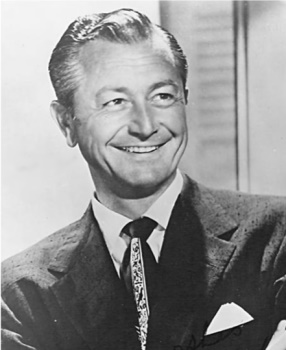We would all like to know just what our risks are when going through life. While these commercials are funny they also show that probability is a part of the economics of our lives. We select where we live, looking at the risk of floods, mudslides or massive amounts of snow. When we become parents, the idea of the risks of how a car will or won't keep us safe becomes important. Some people like to deny probability when they buy and believe in the lottery. While being able to predict acts of god may not be part of our everyday lives, we can use the formulas for probability to help us make smaller decisions and work out necessary issues.
This topic was a tough one for me; especially combinations and permutations. What is the probability given a set of 10 questions on permutations and combinations that Kirstin would select the incorrect formula for each question? I would hazard a guess that it may be the inverse probability of either of the commercials above. Since I didn't fair so well on mastering the concept that ORDER MATTERS for Permutations while a combination says, "whatever;" I will try and make it clear for all and my own self, here and now.
So say we are watching a race...a horse race. Now we all know that CHARLEY HORSE wins the race each and every time you play against your brother...but in this race we want to know out of the 8 horses running, how many different orders of win, place and show can occur. So since the ORDER MATTERS we use that handy dandy permutation formula.
Once we've entered all the pertinent information such as n = 8 and k= 3 and we've done the factorial for each we get ...336.
On the other hand, combinations are less detail oriented. Order doesn't matter. Just pick already! The difference between the permutation formula and the combination formula is found in the denominator.
nCr = n!
k!(n-k!)
Often it is those little details that make all the difference. So for a combination the formula is basically the same but we multiply the denominator by k (or the number of selections). If we look at the same numbers but change the story - say we have a bag with 8 different kinds of chocolate truffles inside and we're going to pick three out we don't care about the order, we just want the candy. How many different COMBINATIONS could we have? 56. Isn't that a lovely thing to imagine? 56 different combinations of truffles. sigh. Oh, where was I? Combinations...for when you don't care who comes first.
Father Knows best- my math skills were busted by my very smart Math Major Dad who let me see that I'd made a little mistake in the above example- the answer was not 120 as I had first figured but 56- I even made it happen on my calculator so I see the error of my ways- Thanks, Dad! "Sure thing, Kitten!"
This seems like a lovely topic to introduce one of my favorite all time math sites ever. It is called Brightstorm and it has thousands of videos of master teachers explaining topics in math and science. This resource would have proved invaluable for me in junior high and high school but alas, my 64K PC jr. didn't even exist until I was a senior in highschool and just wasn't meant for the internet which as far as that goes, didn't even exist either! But now it does and Brightstorm is amazing! They have recently begun to work with the current texts being used across the country. I think this service is one that all students and teachers should use. What is the probability that I will use Brightstorm again and again? 100%.

No comments:
Post a Comment